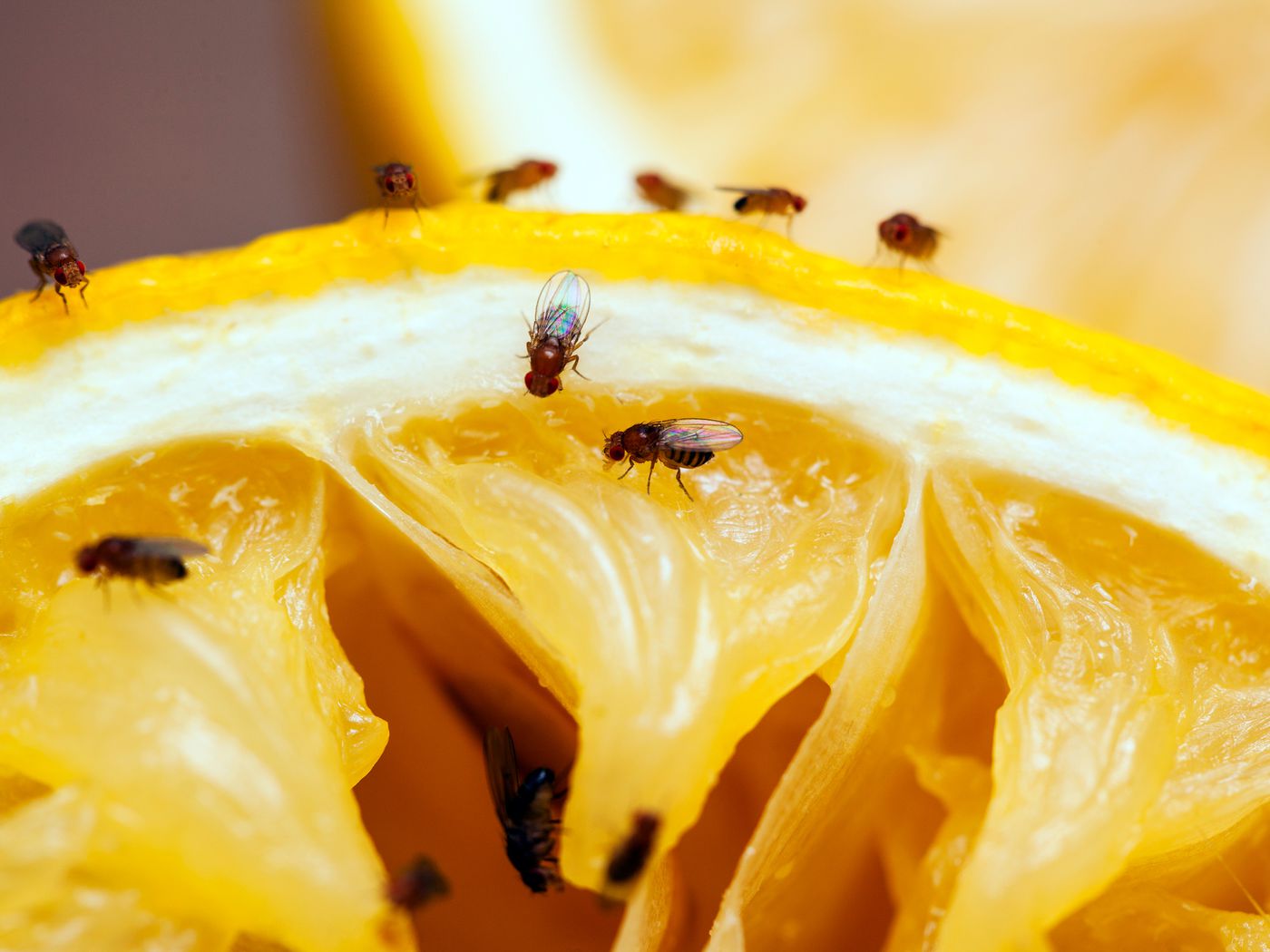



Article by: Hari Yellina
In Victoria, orchard maintenance has been found as a critical component in breaking the fruit fly lifecycle. The Fruit Fly Program in the Goulburn Murray Valley (GMV) is assisting growers and the general public in ensuring appropriate post-harvest hygiene. Fruit flies tend to congregate in the fall before the cold sets in. If they make it through the winter, a fresh season of fruit destruction will begin in the spring. Orchard (or post-harvest) cleanliness becomes critical at this point. Breaking the fruit fly cycle, according to the GMV Fruit Fly Program, entails removing potential fruit fly host material from an orchard, home garden, and neighbouring untended land.
The programme recently completed a literature analysis on post-harvest cleanliness in order to use the findings in core strategy and instructional initiatives. Post-harvest hygiene and its numerous extensions, according to programme coordinator Ross Abberfield, are an important component of the GMV region’s overall fruit fly management and control. The initiative pulls together industry, government, and the community to use an area-wide management approach to fruit fly management and control, and it has been successful in reducing populations in the GMV throughout the years.
“The programme and its awareness and education activities have clearly focused on the integration of appropriate post-harvest hygiene and the many considerations,” Mr Abberfield added. “It has aided in the implementation of a number of programmes and initiatives aimed at reducing the pest’s spread, including a comprehensive education and engagement campaign involving over 25,000 people, the monitoring and maintenance of multiple trapping grids, the identification of fruit fly ‘hot spots,’ and the removal of unwanted and unmanaged habitat,” according to the report. If not effectively managed, a wide variety of undesired and unmanaged fruit fly host plants can become breeding sites for new fruit fly populations.
Adults form near the end of April, when the weather is too cold for them to be attracted to traps, and overwinter in warm locations on the landscape, ready to infest fruit in the new season next spring. The fruit fly cycle will be broken and the number of individuals surviving into next spring will be reduced if these infestation sources are removed before the flies can reach them. Unmanaged and abandoned orchards are also great breeding grounds for fruit flies. Individuals can use herbicides to eliminate unwanted trees and suckers, or they can chop them down, slash them, or grubbing them out. Mr Abberfield added, “So far, our initiative has eliminated approximately 105,000 established private and public unmanaged fruit trees and plants at no cost to landholders in our region.”
“This marks a significant reduction in unmanaged fruit fly habitat, leaving a lasting legacy for our community and the ecosystem.” Fruit flies are better able to survive the winter in both rural and urban areas because late fruiting plants are not handled after harvesting. Fruit flies thrive in the presence of leftover fruit and favourable weather conditions.